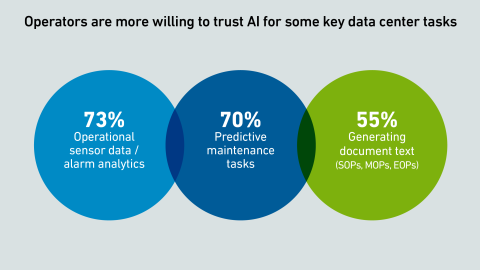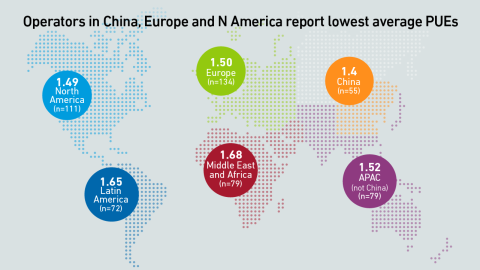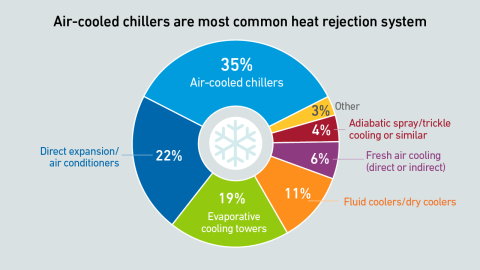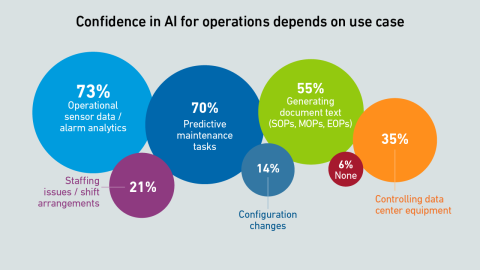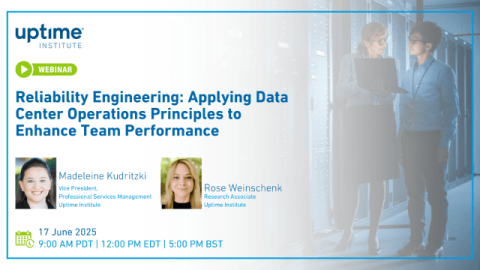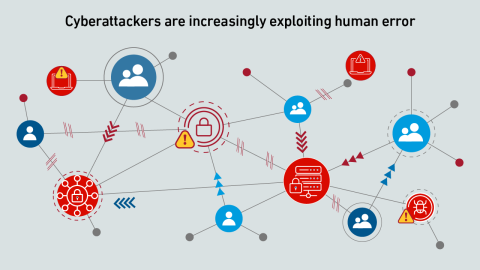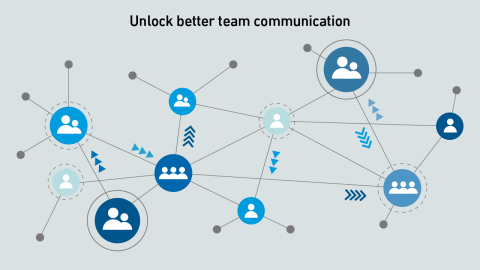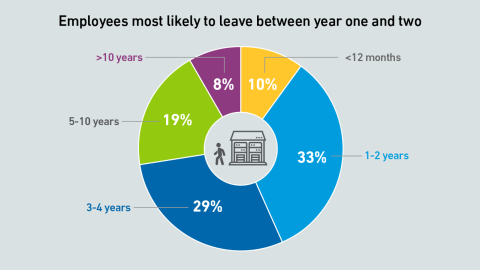Colocation and enterprise companies have endured ongoing staffing issues, and accelerated growth in 2026 will strain hiring pools further. Strategies to address worker vacancies vary, but few have been successful.

Rose Weinschenk
Rose is a Research Associate at Uptime Institute covering staffing and education in data centers. Her background includes psychology research, with a focus on ethics.
RWeinschenk@uptimeinstitute.com
Latest Research
Staffing and retention issues continue to put pressure on the data center industry. Colocation and enterprise operators cite recruiting qualified staff as a top concern, according to the Uptime's Data Center Staffing and Recruitment Survey 2025.
Cybersecurity issues remain a major threat to the industry. This report highlights findings from the Uptime Institute Data Center Security Survey 2025, including costs and the persistence of IT software and network configuration issues.
Many operators report that they trust AI to draft their MOPs, EOPs and SOPs. But this potentially error-prone approach demands meticulous review by an appropriate member of staff, or operators risk increasing the likelihood of costly downtime.
This report provides a regional view of the results from the Uptime Institute Global Data Center Survey 2025 and highlights some of the different challenges and strategies of data center owners and operators across the globe.
The Uptime Institute Global Data Center Survey, now in its 15th year, is the most comprehensive and longest-running study of its kind. The findings in this report highlight the practices and experiences of data center owners and operators in the…
Direct liquid cooling adoption remains slow, but rising rack densities and the cost of maintaining air cooling systems may drive change. Barriers to integration include a lack of industry standards and concerns about potential system failures.
The 15th edition of the Uptime Institute Global Data Center Survey highlights the experiences and strategies of data center owners and operators in the areas of resiliency, sustainability, efficiency, staffing, cloud and AI.
In this session, we explored how these principles of data center operations were applied to support, sustain, and enhance the skills of people supporting the infrastructure.
Human error is an increasingly exploited weakness by cyberattackers, leading to data center security breaches and greater risk for enterprises and operators.
Tensions between team members of different ranks or departments can inhibit effective communication in a data center, putting uptime at risk. This can be avoided by adopting proven communication protocols from other mission-critical industries.
The prevention of outages has always been a top priority for data center owners and operators - but outages do occur. This report analyzes recent Uptime Institute data on IT and data center outages: their causes, costs and consequences.
Data center owners and operators find it challenging to retain qualified staff. Research-backed strategies can provide solutions for building stronger mentorship programs and improved staff retention.
Results from the Uptime Institute Sustainability and Climate Change Survey 2024 reveal how operators navigate climate change risks while expanding efforts to improve their environmental footprint.
Major and damaging publicly reported outages are increasingly likely to be due to a deliberate attack - whether cyber or physical, according to Uptime Intelligence public outage data for 2024.



